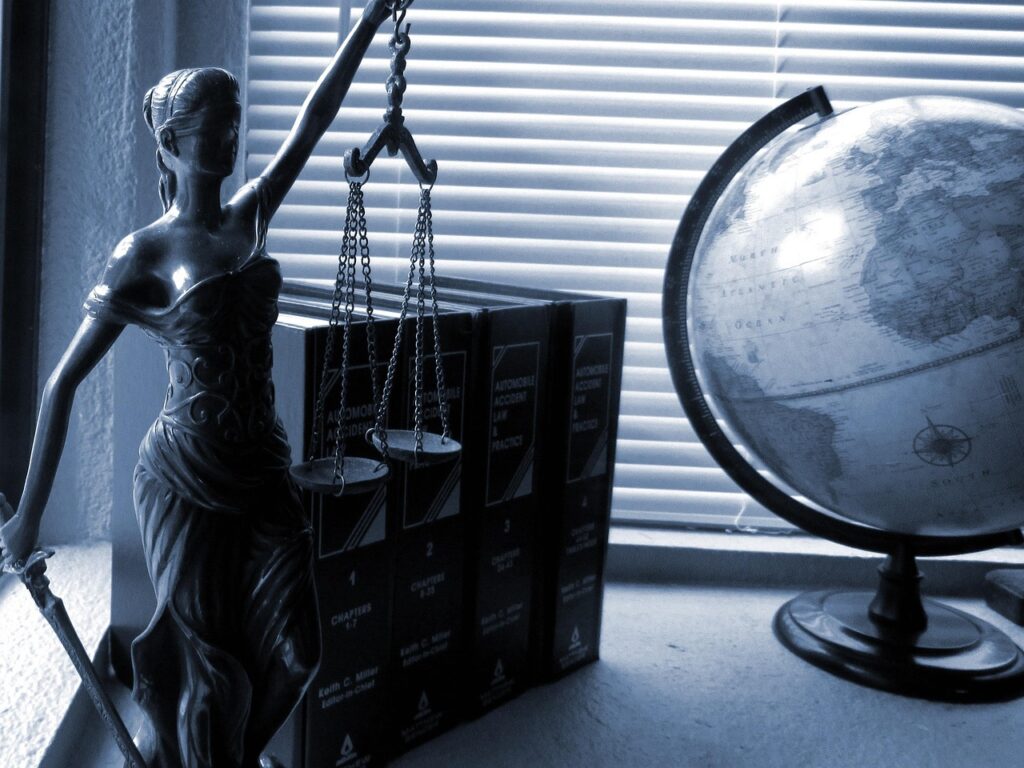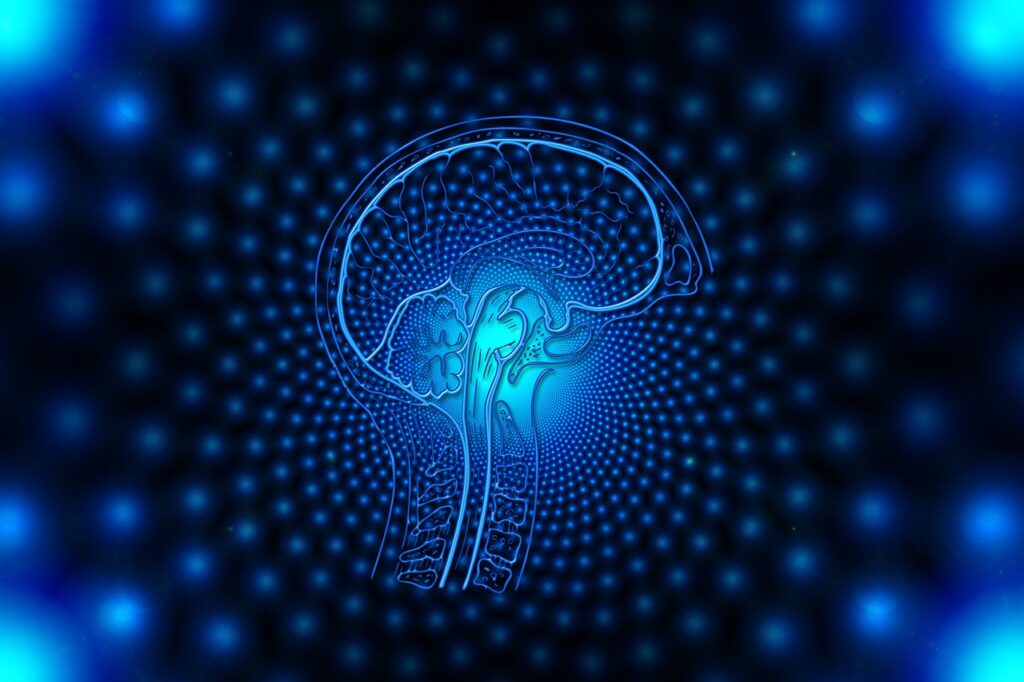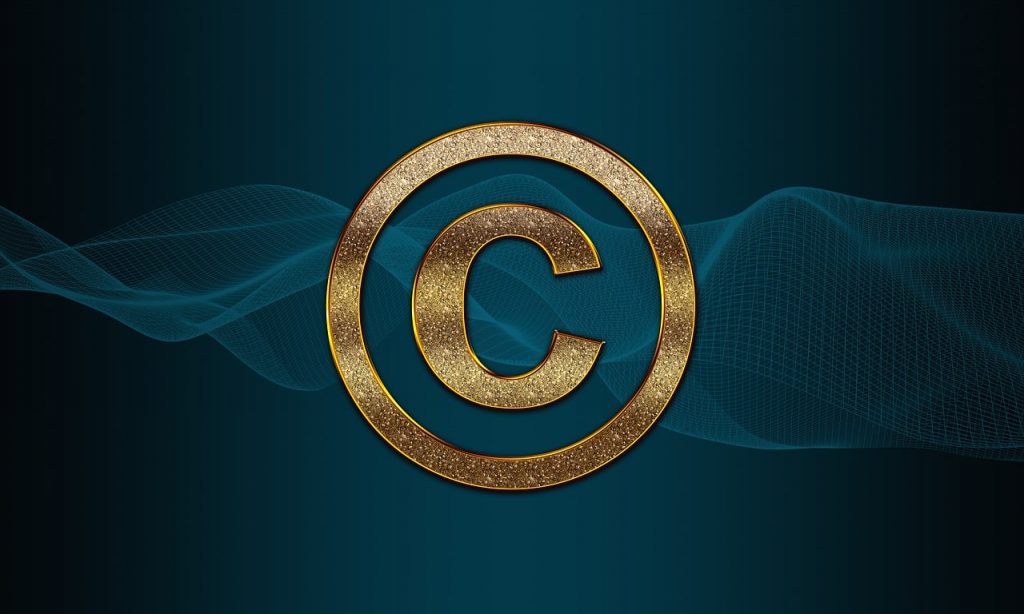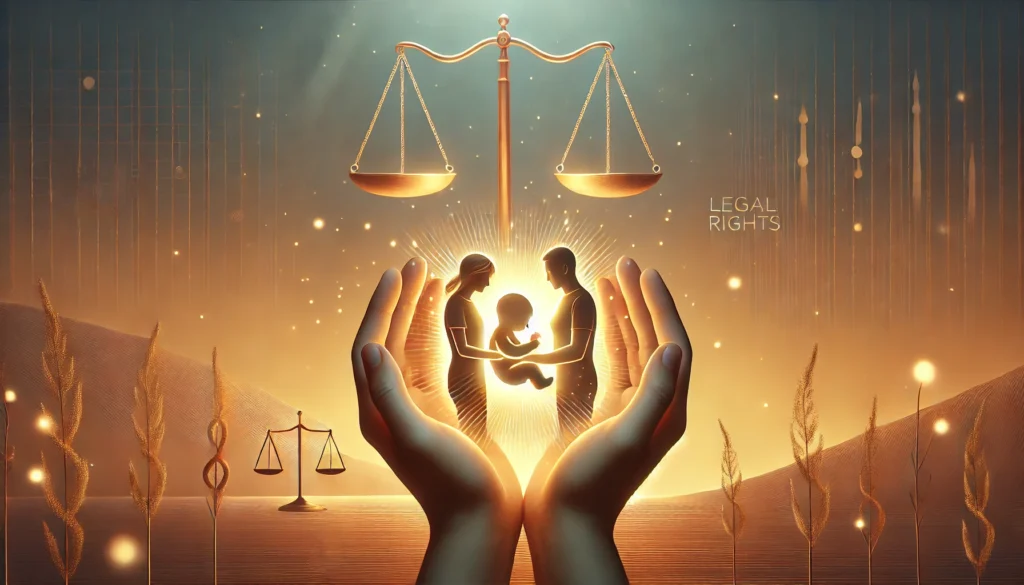Published On: 29th June, 2024
ABSTRACT
With relation to Jammu and Kashmir (J&K), the repeal of Article 370 on August 5, 2019, marked a significant change in India’s constitutional framework. Removing J&K’s autonomy, the government divided the region into two Union Territories. This article examines the constitutional validity, judicial interpretations, international dimensions, and national security implications of this move. It traces the historical context of Article 370’s temporary nature and its gradual erosion through presidential orders integrating the Indian constitution into J&K. The process of abrogation during the President’s rule in J&K, enabled by the BJP government’s parliamentary majority, is detailed. The Supreme Court’s 2023 judgment affirmed the constitutional validity of the abrogation and declared Article 370 to be transitory, but the J&K Reorganization Act’s conversion of statehood remained unresolved. Judicial overreach in controlling the Election Commission and postponing the restoration of statehood are among the issues raised. Internationally, most countries viewed it as an internal matter, but Pakistan protested vehemently. The article concludes that while constitutionally valid, persistent security risks and the need for early elections and governance reforms remain critical for lasting peace in the region.
INTRODUCTION
The date of August 5, 2019, became a landmark change in India’s legal landscape. The Indian government came with an unprecedented change to revoke the autonomous status given to the state of Jammu & Kashmir (J&K). As a result, the state of J&K was divided into two union territories namely the Union Territory of Jammu & Kashmir (with a state legislature) and the Union Territory of Ladakh (without a state legislature).[1] Kashmir has seen years of instability in the region in the form of insurgency and militancy. The stability of Kashmir is essential for the stability of the whole South Asian region. This Article discusses the constitutional validity of the Abrogation of Article 370[2] and its Judicial interpretations, International dimensions, and the prospect of National Security. The text will also give some recommendations and ways forward to ensure stability in the region of Jammu and Kashmir.
HISTORICAL CONTEXT
When the Britishers left India, they thought to divide the whole colonized territory into India and Pakistan by passing the Indian Independence Act of 1947. At the same time, there were more than 550 princely states which were ruled by a king. One such state was Jammu and Kashmir. It was ruled by Raja Hari Singh. Most of the princely states signed the Instrument of Accession (a legal document which was signed by the rulers if they wished to join the territory of India) and became part of India. But the state of Jammu and Kashmir decided to remain independent. Hari Singh started to face problems as Pakistan decided to forcibly incorporate Kashmir into its territory. To avoid this trouble, Hari Singh signed the Instrument of Accession (IoA) and J&K became part of mainland India. It is pertinent to note that the Instrument of Accession (IoA) for J&K is altogether different from the Instrument of Accession (IoA) for other princely states that joined India earlier. The difference lies behind the Merger agreement. All the princely states except J&K signed the merger agreement and became part of India. Whereas J&K sought to remain partially the part of India. Through J&K’s Instrument of Accession (IoA), the subjects of Defense, External Affairs, and communication were transferred to the Central Government whereas the other powers vested with Raja Hari Singh.
In 1947, India approached the United Nations (UN) to seek the Security Council’s (UNSC) support for the issue of Kashmir Valley. India did not get a supportive response from the UNSC as Pakistan had joined the U.S.A. bloc after World War I which ultimately benefited Pakistan. UNSC passed a resolution calling for a plebiscite in J&K. UNSC stated that the decision to merge with India/Pakistan or to remain independent shall be vested with the people of J&K. Further, India gave the proposal of drafting J&K’s constitution by the Constituent Assembly of J&K which will define the relationship between the state of J&K and India. However, since J&K did not have its own Constituent Assembly, the Indian government gave time for its constitution to be framed. Till the time, J&K’s constitution was being framed, some provisions had to be there to define India’s relationship with J&K. As a result, India’s constituent assembly inserted Article 370 in the Indian Constitution. Article 370 states that only Articles 1[3] & 370 shall apply to the State of J&K. If any other provisions of the Indian constitution were to apply in J&K, the same had to be passed by a Presidential Order in concurrence with the people of J&K. In this way, Article 370 came into existence. It can be rightly said that Article 370 was included in the Constitution, not as an afterthought but after mature consideration by the Constitution makers. And the nature in which it was inserted, Article 370 was meant to be temporary.
CONSTITUTIONAL PROVISIONS AND AMENDMENTS
If we talk about the scope and limitations of Article 370 then it is explicitly mentioned that the Constitution of India does not allow any government to unilaterally abrogate Article 370. Such a move requires the concurrence of the state government.[4] Article 370 had a self-destructive clause which is mentioned in Article 370 (3).[5] It is read as: “Notwithstanding anything in the foregoing provisions of this article, the President may, by public notification, declare that this article shall cease to be operative or shall be operative only with such exceptions and modifications and from such date as he may specify: Provided that the recommendation of the Constituent Assembly of the State referred to in clause (2)[6] shall be necessary before the President issues such a notification.” This provision means that Article 370 is not permanent and it can be made inoperative in the future. The president will have to issue an order that will have the view and concurrence of the state government of Jammu and Kashmir. If any violation of the same happens, that would be considered a violation of constitutional values and human rights principles.
Clause 1(d)[7] of Article 370 states that “such of the other provisions of this Constitution shall apply in relation to that State subject to such exceptions and modifications as the President may by order specify”, provided that the concurrence of the government of J&K is taken into account. In the aftermath, the first Presidential Order (P.O.) of 1954 was issued which was the result of the talks between the Central Government and the government of J&K. This order was issued to discuss how other provisions of the Indian Constitution (other than Article 1 & 370) will apply to the territory of J&K. This order of 1954 was modified and changed numerous times. And through each modification, some provisions of the Indian constitution were being brought into J&K. These amendments were challenged various times but the apex court always upheld the amendments and stated that the amendments were constitutional since Article 370 itself gives such kind of power to bring changes into it.
JUDICIAL SCRUTINY
In 1956, the framing of the Constitution of J&K was completed and its Constituent assembly was dissolved. Various judgments that questioned the constitutional validity of the Presidential Orders that were issued to integrate the Indian Constitution into J&K are:
- Puranlal Lakhanpal Case, 1962[8]: One amendment to the Presidential Order of 1954 made a change to the process in which elections were to be held in J&K. The amendment said that elections would be conducted indirectly in the state of J&K which was different from the direct elections that were being conducted in the rest of the country. Petitioners said that amendments can bring only ‘minor’ changes in J&K. But the apex court rejected this argument and said that the amendments hold a range of ‘wild amplitude’ and any kind of change can be brought.
- Maqbool Damnoo Case, 1972[9]: The Indian government enforced Article 367 of the Indian Constitution which talks about the interpretation of the Constitution. The President of India issued an order stating that the phrase “Sadar-i-Riyasat” in the explanation of Article 370 of the Constitution was to be construed as a reference to the Governor of Jammu and Kashmir and “Wazir-e-Azam” to be construed as a reference to the Chief Minister of Jammu and Kashmir.[10]
- SBI v Zaffar Ullah Nehru, 2016: The Supreme Court (SC) said that Article 370 can cease to exist or be abrogated only after the recommendation of the Constituent Assembly of J&K.
One such amendment led to the emergence of Article 35A which empowered the legislature of J&K to recognize the permanent resident of J&K. Article 35A stated that only the permanent resident of J&K can buy land and property and only permanent residents can apply for scholarships and government jobs.
It is pertinent to note that it was Article 370 which acted as a tunnel through which the Constitution of India flows into J&K. The Presidential Orders and their amendments were the only way to bring more integration between the Union of India and J&K. From 1950 to 2019, Article 370 was numerously amended and thus it can be rightly said that Article 370 of 1950 was not the same as Article 370 of 2019.
PROCESS OF ABROGATION OF ARTICLE 370
In 2014, the J&K legislative assembly was formed by a coalition of the Bharatiya Janata Party (BJP) and the People’s Democratic Party (PDP). PDP had a total of 28 seats whereas BJP had 25 seats out of a total of 87 seats. In 2018, BJP withdrew its support from the PDP which led to the collapse of the government. As a result, the governor’s rule was imposed for 6 months under J&K’s constitution. After 6 months, President’s rule was imposed under Article 356 of the Indian Constitution which led to the complete dissolution of the legislative assembly of J&K.
On August 5, 2019, Constitutional Order (C.O.) 272 was issued by the President which stated that the entire Constitution of India will apply to J&K, C.O. 272 will supersede the Presidential Order of 1954, and the nomenclature of Constituent assembly of the state J&K would be replaced by Legislative assembly of the state of J&K using Article 367 of the Indian Constitution. However, for this Constitutional Order, the concurrence of the Constituent Assembly of J&K was not required as the term was already replaced by the Legislative Assembly of J&K under C.O. 272. Since the legislative assembly was being governed by the Parliament due to the President’s rule in the state, the concurrence was easy as the BJP had a clear majority in the Parliament. Later, Constitutional Order (C.O.) 273 was issued on 6 August 2019 which stated that all provisions of the Constitution of India shall apply to the entire J&K.
PETITIONS AND CHALLENGES IN THE SUPREME COURT
- Whether the nature of Article 370 is temporary or permanent? The Supreme Court in a unanimous judgment of 5:0 pronounced that Article 370 was always meant to be temporary. The rationale behind this is that Article 370 was kept under Part XXI which talks about ‘temporary & transitional’ provisions. The second rationale that the apex court gave is that Article 370 itself contained a clause for its self-destruction. The Supreme Court also stated that the government’s decision to completely implement the Indian constitution in J&K is their Policy decision. Therefore, the Judiciary can not interfere in it.
- Whether J&K retains its Sovereignty after signing the Instrument of Accession (IoA)? In the words of Albert Venn Dicey, Sovereignty is the “power of law-making unrestricted by any legal limit”. 4 judges out of the 5 judge bench opined that J&K did not retain its sovereignty after signing IoA. They relied on the proclamation given by Yuvraj Karan Singh (son of Maharaja Hari Singh). In November 1949, Yuvraj Karan Singh proclaimed that J&K was completely renouncing its sovereignty.[11] Justice Kaul did not agree with this view. He relied upon the judgment of Prem Nath Kaul[12] in 1969 where a 5-judge bench of the Supreme Court held that J&K retained some extent of sovereignty after signing IoA as it retained almost all the powers except those coming under Defence, External Affairs, and Communication. The apex court also stated that J&K enjoyed Asymmetric Federalism (a type of federalism which means that different constituent states get different powers in terms of their federal structure). The court stated that this doesn’t mean that you will equate Asymmetric Federalism with sovereignty.
- Whether the C.O. 272 and 273 were constitutional? The apex court said that all the provisions of C.O. 272 are constitutional except the change of nomenclature from the constituent assembly of J&K to the legislative assembly of J&K which was executed using Article 367 of the Indian Constitution. Petitioners argued that “What you can’t do directly, you can’t do indirectly as well”. They contended that the government has used Article 370 to amend Article 370 itself. But the Supreme Court said that even if the route is unconstitutional, the effect is constitutional. Hence, both C.O. 272 and 273 are Constitutional.
- Whether J&K’s constitution is inoperative? The apex court explicitly stated that since the entire Constitution of India now applies to J&K, thus J&K’s constitution becomes inoperative.
- Whether the Jammu and Kashmir Reorganization Act, 2019 is constitutional? This was the only question that was left open/unanswered by the Supreme Court. J&K Reorganization Act divided the entire state of J&K into the UT of J&K and the UT of Ladakh. The constitution of India doesn’t allow the conversion of a state into a Union territory entirely. However, it does allow some areas of a state to be converted into UT. The court questioned the Indian government regarding this change. As a result, Solicitor General Tushar Mehta assured the court that this change is not permanent and that the Indian government will restore statehood to J&K whereas Ladakh will remain a UT.
MAJOR ISSUES
- One constitutional body can not direct another constitutional body to take action: The Supreme Court issued a directive to the Election Commission of India (which enjoys plenary and unrestricted power) to conduct elections in J&K by September 2024. This is a violation of constitutional values as the Supreme Court can not direct the Election Commission of India to take any kind of action. Also, the deadline of September 2024 is arbitrary and doesn’t hold any valid rationale.
- SC’s judgment is a classic example of Judicial evasion: The assurance given by the Indian Government that J&K’s statehood will be restored and further acceptance of the same by the apex court is a case of Judicial evasion. This could be understood through a basic illustration that you can’t detain a person and say that the detention of the person is not permanent (i.e. temporary) and we will release him/her after some time. This is a violation of the person’s right to personal liberty. In the same manner, not granting complete statehood to J&K is a violation of Judicial values.
- Permanent changes can’t be made to a state when it is under a temporary rule: The Supreme Court stated that the exercise of power by the President after the proclamation under Article 356 is subject to Judicial review. SC said that to challenge this decision, the person challenging the exercise of power must prima facie establish that it is a mala fide or extraneous exercise of power. Once a prima facie case is made, the onus shifts to the Union of India to justify the exercise of such power.
WHAT WAS THE TITLE OF THIS JUDGMENT?
The terminology of this judgment seems to be quite interesting. The first person filing the petition questioning the Constitutional validity of the abrogation of Article 370 was Advocate M.L. Sharma. Since he files many PILs, naming the judgment after his name would lead to ambiguity. The second person to file the petition was Dr. Shah Faesal. But later on, he withdrew his petition. As a result, the SC decided not to name the judgment after any petitioner’s name but rather to name the judgment as “Re: Article 370 of the Constitution” judgment.
INTERNATIONAL DIMENSIONS
Indian External Affairs Minister S. Jaishankar said that the reason for repealing Article 370 was to improve governance and socio-economic development in Jammu and Kashmir. He also remarked that “it has no implications for anyone else.” The problem of alterations is a temporary provision of the Indian Constitution and was solely within India’s purview.[13]
Except for China, the majority of countries, including the P-5, supported India’s stance in Kashmir, arguing that the repeal of Article 370 was an ‘internal affair’ and that maintaining regional peace and stability should be a priority for all countries. Pakistan, China, Turkey, and Malaysia opposed the abrogation.[14] After the Abrogation of Article 370, Pakistan expelled diplomats of India from Islamabad[15] and closed all trade activities with India. Pakistani media started blaming the Modi government for this action. Pakistan’s then Prime Minister Imran Khan tried to get support from Malaysia, Turkey, Saudi Arabia, and China and stated that the abrogation would lead to “serious implications for regional peace and security”.[16]
CONCLUSION
The actual reason for the abrogation could be assessed from India’s proactive countering of cross-border terrorism in J&K since the Modi government came into power.[17] Pakistan had been continuously supporting terror activities in the region and the changing scenario of the state after the Pulwama attack compelled the Indian government to abrogate Article 370.[18] The security situation will remain tense and militant activities could be a serious risk. Pakistan-based militant groups would be compelled to attack the military bases in the region. The one-stop solution to all the security situation would be conducting an early election to the Legislative Assembly that would provide the state with a safety shield. Also, effective and clean local administration would assist the government in countering militancy and maintaining peace in the region. Hence, the abrogation of Article 370 is constitutionally valid with some issues that persist in the judgment given by the Supreme Court.
Reference(s):
[1] “From Article 370 Abrogation to Internet Ban: How 2019 reshaped J&K,” The Indian Express, December 28, 2019.
[2] INDIA CONST. art. 370.
[3] INDIA CONST. art. 1.
[4] Sathe, S. P. (1990). Article 370: Constitutional Obligations and Compulsions. Economic and Political Weekly, 25(17), 932–933. http://www.jstor.org/stable/4396216
[5] INDIA CONST. Art. 370, cl. 3.
[6] INDIA CONST. Art. 370, cl. 2.
[7] INDIA CONST. Art. 370, cl. 1(d).
[8] Puranlal Lakhanpal v. President of India, 1961 SCC OnLine SC 132
[9] Mohd. Maqbool Damnoo v. State of J&K, (1972) 1 SCC 536
[10] Advay Vora, Precedential Value: Cases cited in the Article 370 hearings, SUPREME COURT OBSERVER, (Sep. 12, 2023), https://www.scobserver.in/journal/precedential-value-cases-cited-in-the-article-370-hearings/, (May 26, 2024).
[11] Alind Chauhan, What was Karan Singh’s Proclamation of 1949, cited by SC to uphold abrogation of Article 370?, INDIAN EXPRESS, (Dec. 12, 2023), https://indianexpress.com/article/explained/explained-history/karan-singh-proclamation-1949-sc-uphold-abrogation-article-370-9063745/, (May 26, 2024).
[12] Prem Nath Kaul v. State of J&K, 1959 SCC OnLine SC 87
[13] “Formation of J&K and Ladakh Union Territories “Unlawful and void: China,” The Economic Times, October 31, 2019.
[14] “Abrogation of Article 370 India’s Internal Matter: Bangladesh,” The Economic Times, August 21, 2019.
[15] Pakistan downgrades diplomatic ties with India, expels envoy,” The Times of India, August 7, 2019, https://timesofindia.indiatimes.com/india/pakistan-todowngrade-diplomatic-ties-with-india-suspend-bilateral trade/articleshow/70573614
[16] Atlantic Charter: South Asia Centre, https://www.atlanticcouncil.org/wp-content/uploads/2019/09/Repeal_of_Article_370-_Implications_for_India_Pakistan_and_the_United_States.pd
[17] Mishra, V. K. (2020). THE ABROGATION OF ARTICLE 370 INTERNATIONAL REACTIONS. Indian Journal of Asian Affairs, 33(1/2), 120–129. https://www.jstor.org/stable/27003440
[18] Ministry of Foreign Affairs India Brief (New Delhi), 25th September 2019. https://mea.gov.in/Portal/ForeignRelation/Bilateral_Brief_pakistan.pdf




